One of the flagship models from the Challenger series, as soon as you see the “Ti” prefix, you know what kind of cutting-edge technology the racket used at the time.
The positioning and origins of the two flagship rackets can be discussed in the next article. Today, let’s talk about this mango-yellow masterpiece.

Specifications:
3UG5, with cap, total weight in use: 95.80g, balance point: 292mm, shaft length: 218mm, medium stiffness, box-shaped frame, 72-hole string bed, 9-3 o’clock string grooves, tension guarantee of 26-28lbs, strung at 25-26lbs with NBG95.
I have a deep impression of every racket in mango yellow, especially from Victory. The “Columbia 6” in some ways is also a racket built with this “retro” concept, showing that this color scheme was indeed classic in the past. The head features metallic silver decals on top of a carbon fiber base, transitioning at the 2 and 10 o’clock positions to an entirely yellow base coat. This design is a signature style of the high-end “Ti” models and is reflective of its heritage. Even today, this racket still stands out with its layered, eye-catching, and classic design.
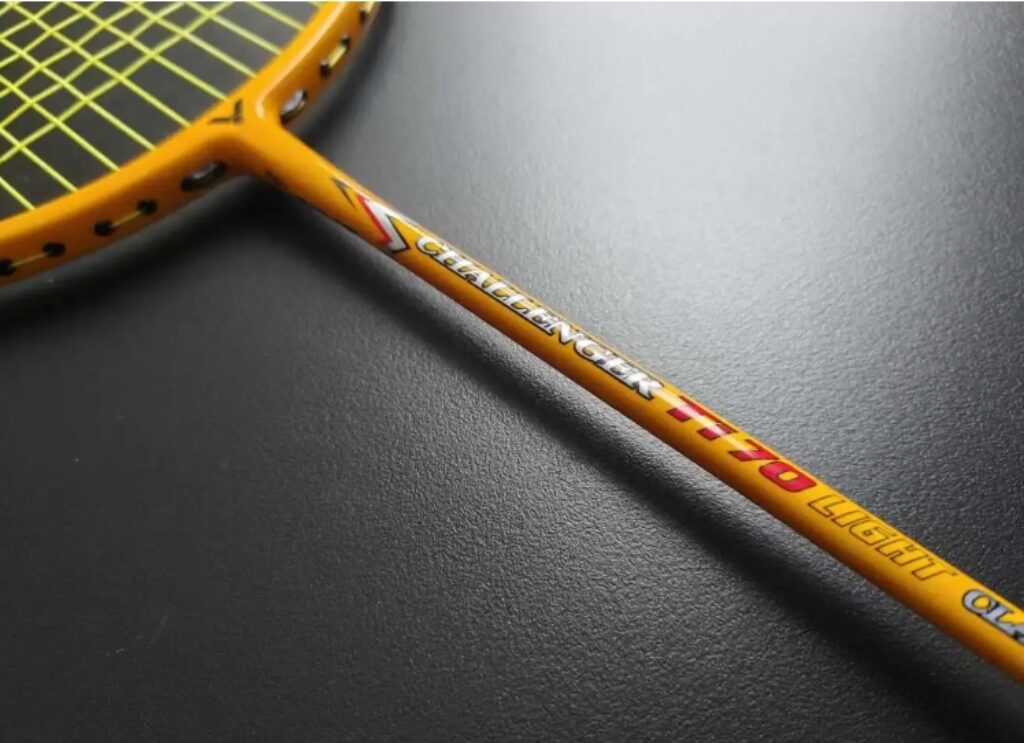
Although it does come in 4U specs, the “light” back then was more about the balance point, just like the MX30L and Ti70. With a balance point of 295mm in playing condition, it’s firmly in the balanced racket category. So even though it’s a bit heavier, it still feels relatively light in the hand. The racket’s stiffness is rated as medium-high, which by today’s standards is more like medium. The driving force is good and clear, neither too stiff nor too soft. Recently, I’ve been playing with 72-hole rackets—both isometric and traditional oval ones—so in my current state, I found this racket to be easy to use.
After gaining some familiarity with it, I confidently took it into more intense matches. Its relatively low entry barrier quickly became apparent, on par with the Arc7. It’s not too heavy, has good elasticity, and the box-shaped frame combined with the thick shaft ensures the racket’s torsional stability and precision. While playing clears and flat drives, the racket offers clear feedback upon impact. Adjusting and fine-tuning both angles and power significantly improved the placement of my shots. Even in rushed situations, it didn’t lead to frame mishits.
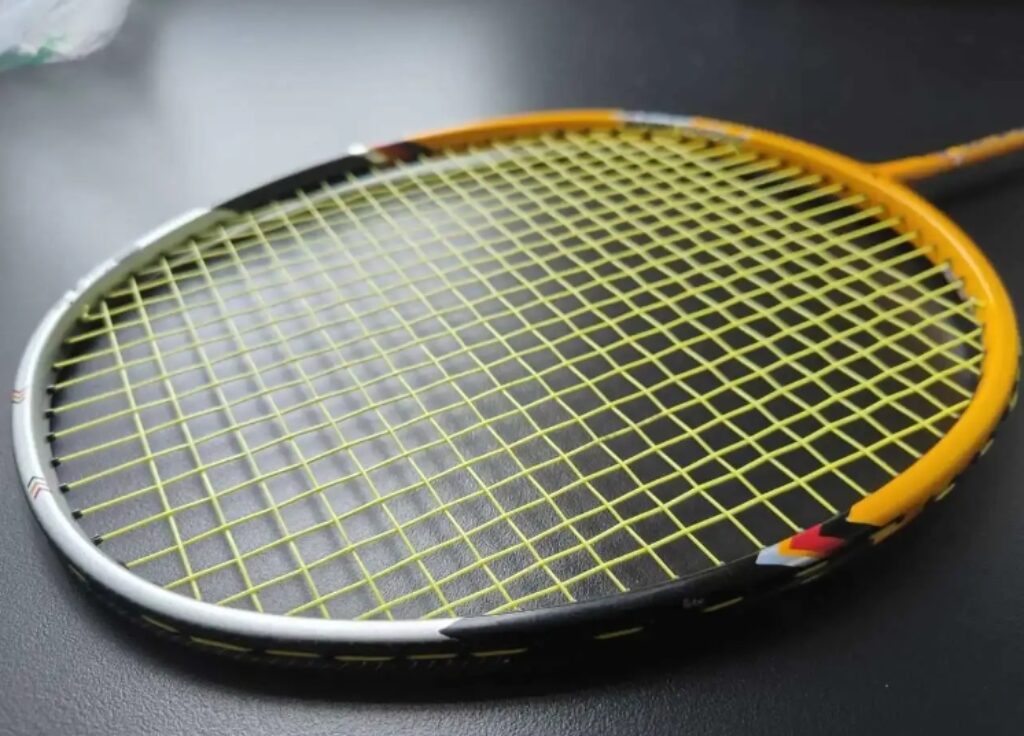
Of course, I can only speak to my own experience, as some players have reported that it’s not easy to handle in the equipment database.
What I found more enjoyable than the Arc7 was that the Ti70 offers a stronger sense of explosiveness in the sweet spot, even though the Arc7 wins in terms of sweet spot size and forgiveness. This gives the Ti70 a notable advantage: when you find the perfect opportunity to exert power from the backcourt, you can confidently go for a powerful smash, regardless of whether the opponent is prepared to defend. While the Ti70 doesn’t offer extreme explosiveness or speed upon hitting the sweet spot, it provides solid feedback and reassurance in terms of shot power. Additionally, it excels at quick, sharp smashes and pushes. However, if you attempt slice smashes, its lower forgiveness will become apparent, demanding more precision.
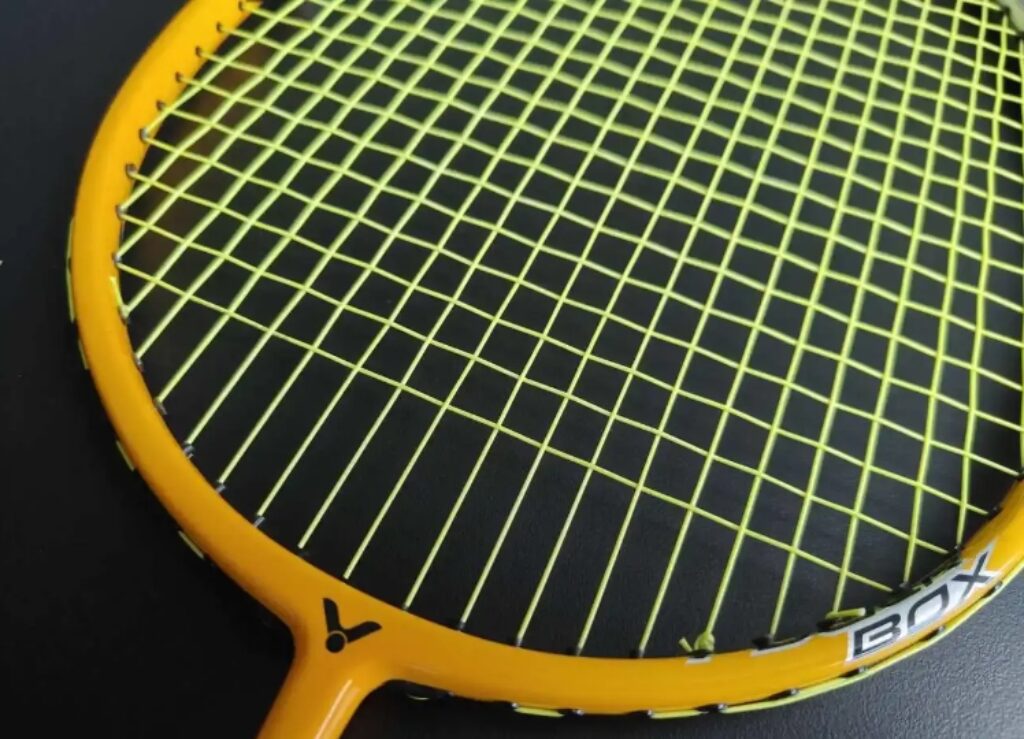
I would describe it as a younger version of the Ti98, but the Ti70 has a slightly larger frame, and the shaft material isn’t as densely packed, which limits its overall explosiveness. This slight shortfall actually works to its advantage at the net. With a less stiff shaft and lower frame rigidity, the slightly enhanced ball-holding feel greatly improved my control during net shots. It feels much more solid. When rotating to the frontcourt, the Ti70’s frame allows for smooth net kills and tumbles.
However, expecting this ease of use to translate into excellence in fast exchanges and drives isn’t realistic. The box-shaped frame, while stable, creates more air resistance, and combined with the longer shaft, the racket’s recovery speed after each short stroke is slower, affecting its ability to keep up in fast-paced exchanges. In such situations, I can usually only hold out for three rounds of flat drives before needing to clear to the backcourt. The 3U version is fairly agile but doesn’t offer the high swing speed or continuous play capability of faster rackets. A steadier, more deliberate playstyle suits it better.
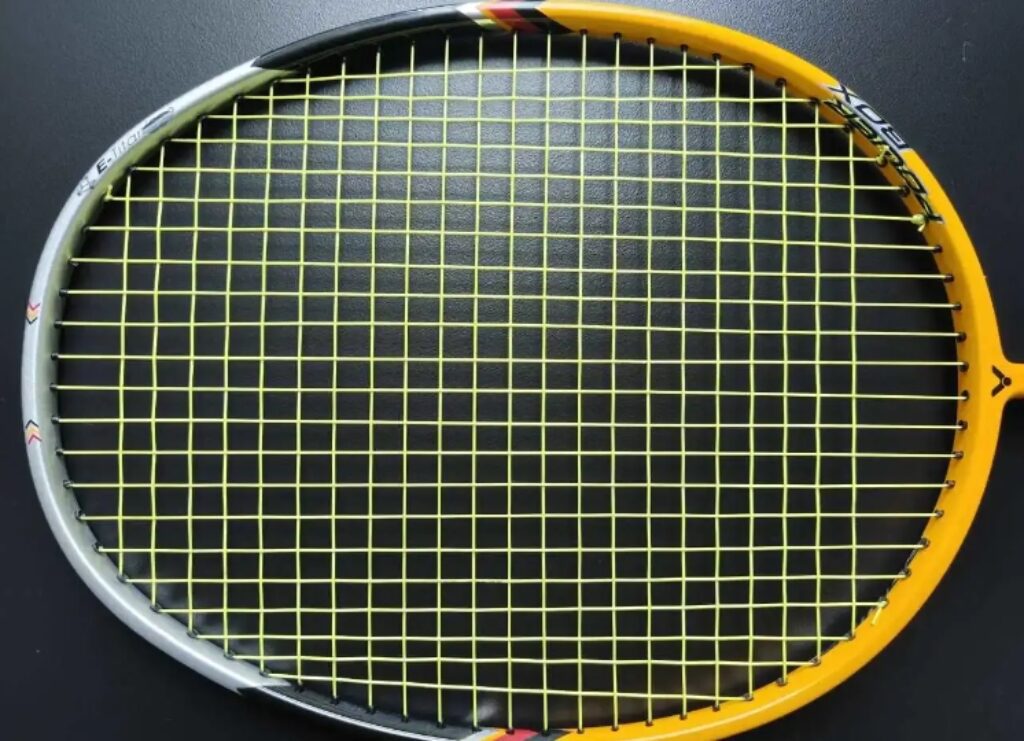
Despite this, I still prefer the 3U version, as its solidness and stability more than compensate for the slight loss of agility.
Being steady and patient never goes wrong, especially since the Ti70 is quite forgiving. It’s user-friendly when returning smashes with borrowed power or when recovering from defensive situations. The swing weight isn’t overly taxing, and the moderate stiffness doesn’t raise the power threshold too much. Even with a backhand drive, I can hit a straight shot to the backcourt.
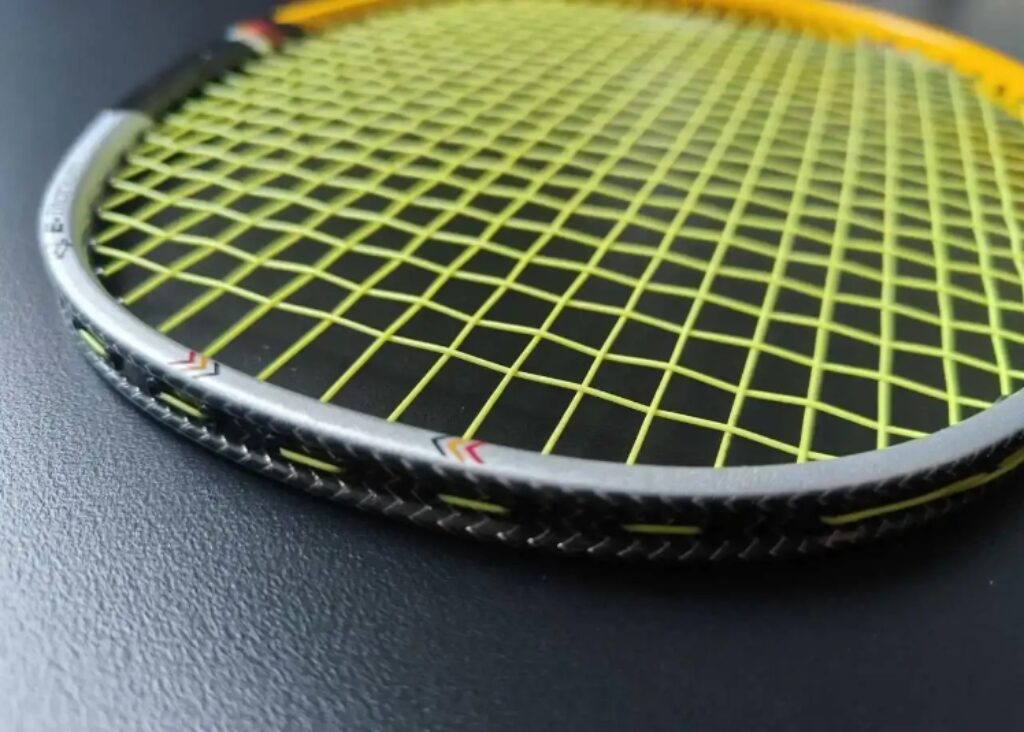
It’s solid like a seasoned veteran. The Ti70, despite competing in a different category, still has a decent following, which speaks to its popularity. Given its current second-hand market price, this old racket still packs quite a punch.
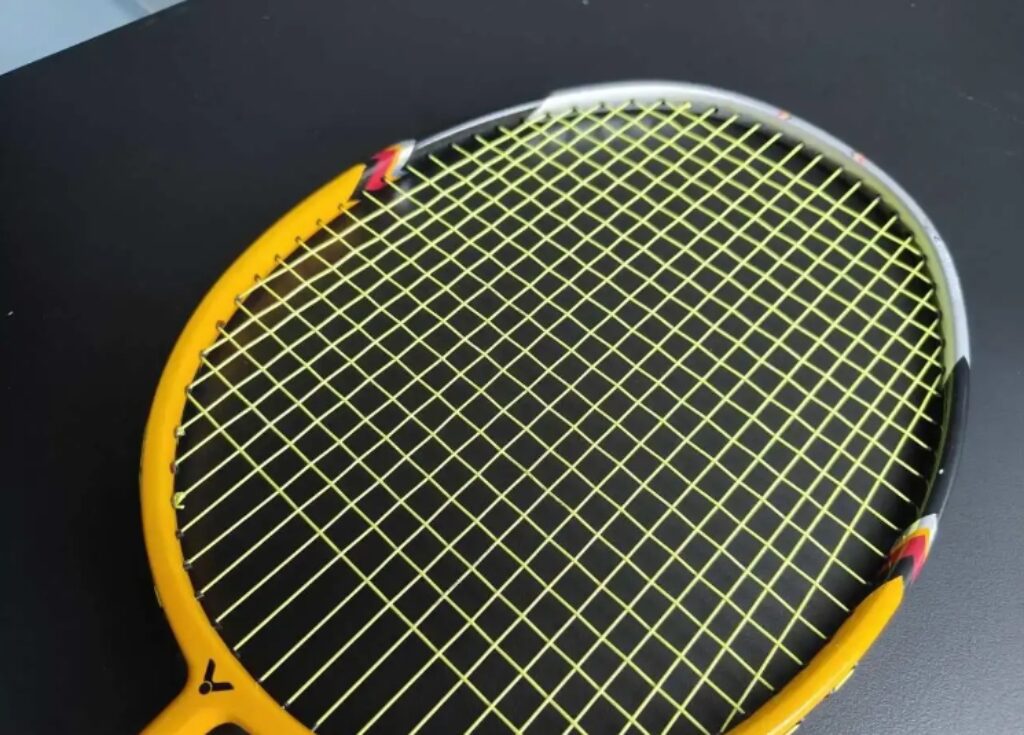

Leave a Reply